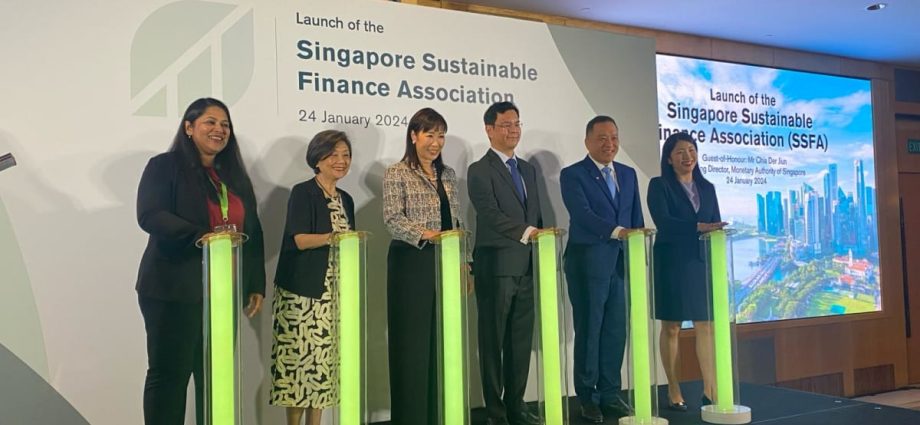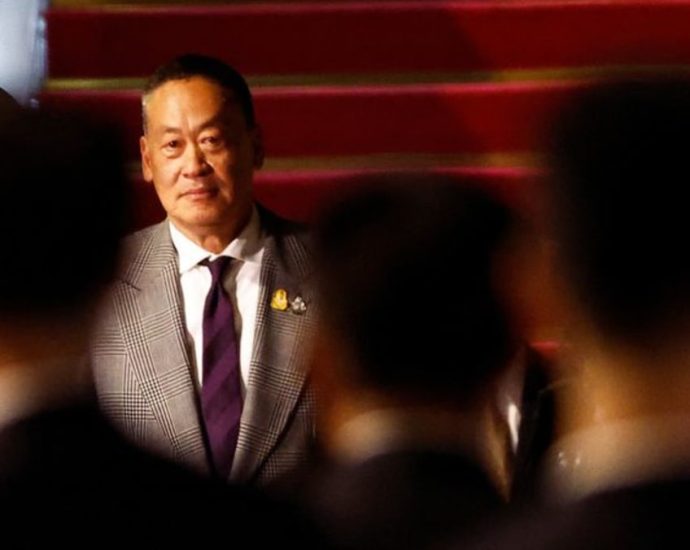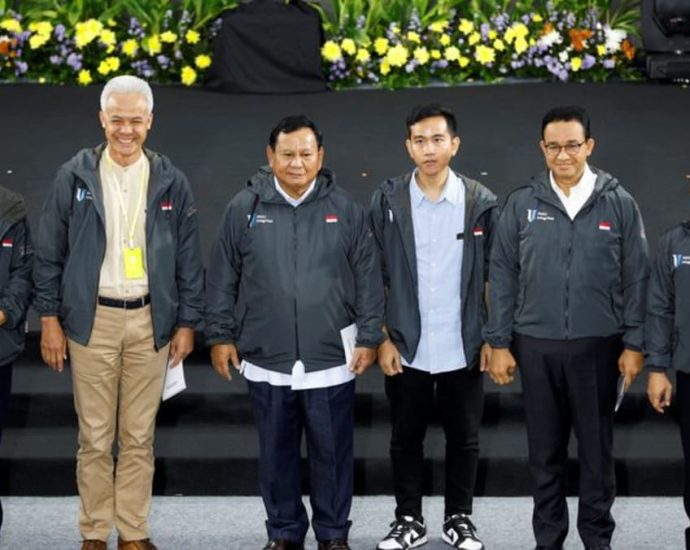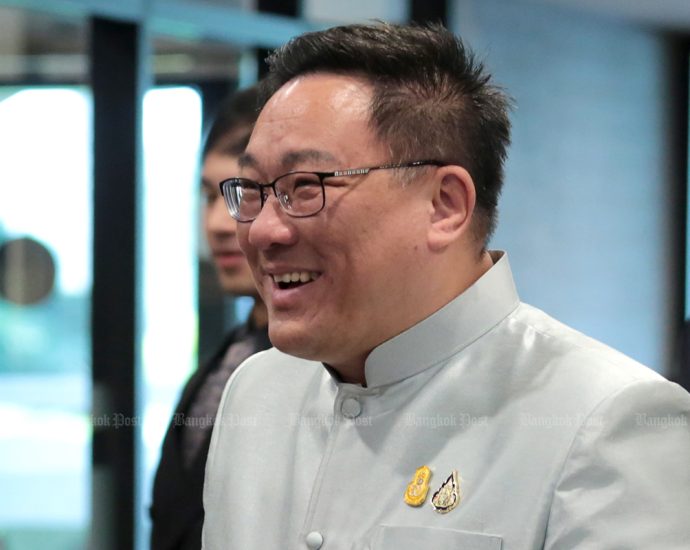New association in Singapore to focus on developing talent, industry standards in sustainable finance

Meanwhile, the SSFA can take the lead in developing industry best practices in areas such as the trading of carbon credits and transition finance.
Having clear and credible standards can mitigate the risk of greenwashing and provide more confidence for capital to be channelled to legitimate green and transition activities, said Mr Chia.
In the area of financing, the association can bring together different players, not just those in the financial space, to “identify more integrated approaches” to address the barriers in financing.
For one, it can combine financing solutions from different asset classes, including risk mitigation tools, to improve the bankability of projects. Mr Chia noted that this applies not only in climate mitigation, but also in financing less bankable projects related to climate adaptation and biodiversity preservation.
In a press release, the SSFA said it will work towards driving the development of a sustainable finance ecosystem and promote best sustainable finance practices in Singapore.
It will also facilitate collaboration between the financial and non-financial sectors for sustainable finance to support the low carbon transition and sustainable economic growth of Singapore and the region, among other objectives.
The SSFA will be co-chaired in its first term by BlackRock’s Singapore country head and regional head of Southeast Asia Deborah Ho and HSBC Singapore’s chief executive officer Wong Kee Joo.
The executive committee also includes 19 other members, comprising MAS’ chief sustainability officer Gillian Tan, Association of Banks in Singapore’s director Ong-Ang Ai Boon, C-suite representatives from financial firms, non-financial sector corporates and academia.
At the first executive committee meeting on Wednesday, the SSFA said it has formalised its governance structure and laid out its workplan for the year.
This includes the establishment of workstreams to focus on five key areas, namely carbon markets, transition finance, blended finance, natural capital and biodiversity, and taxonomy.














